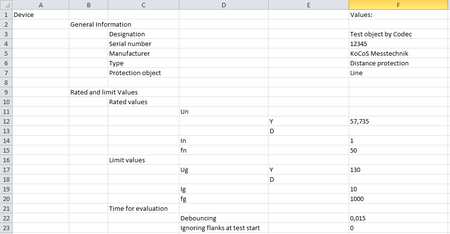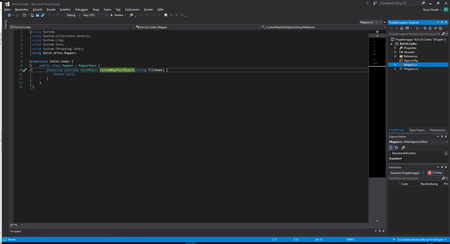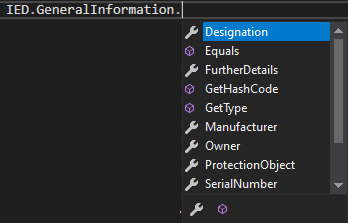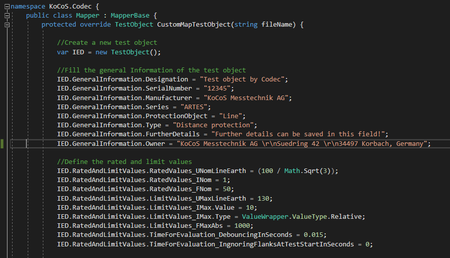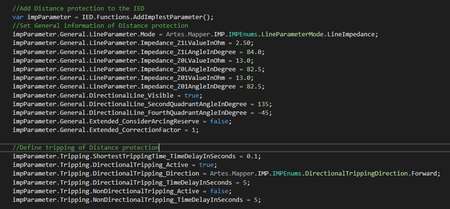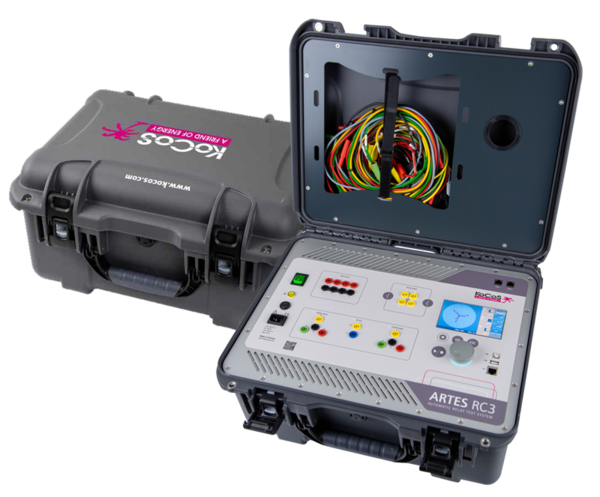ARTES - USPs should offer an added value
03. sierpnia 2021, - Protection relay testing
The comparison of actual test systems shows that the technical data of the devices from different manufacturers are similar in many points. And there are specifications where the devices differ to a greater or lesser extent. When evaluating, however, it should always be questioned what this means for the practical use of the devices.
Specifications as a result of development
In some cases, the technical data are much higher than required by the application. And this was not always the aim during development. Rather, some values are just the result of the development, quasi what has come out.
USPs without added value
And there are certainly manufacturers who deliberately work towards generating "unique selling points", which in the end, nobody needs. A real USP only becomes more important when the existing advantages also offer added value and a special benefit for the customer.
Technical data does not tell the whole story
Technical data are easy to compare. But purely numerical values say not much about which product is best suited for the customer. Product features and properties that cannot be evaluated with numbers, or only with difficulty, often lose their importance in the comparison. And it is often here where the advantages can be found that offer real added value for the customer.
Real USPs are not easy to find
The special features of our ARTES testing systems are pointed out in brochures, articles or blog posts. Customers appreciate, for example, that ARTES can be operated in an upright position. The status LEDs in the front or the operation of our devices on DC supplies are also appreciated by many users.
These properties and the many features and functions of ARTES are often not known. For example, the internal control unit, the low-level outputs, the analogue inputs, the multifunctional inputs or the internal GPS synchronisation unit are already included in the standard scope of delivery of the ARTES 600. In competing products, these features are often found, if at all, as options for which a charge must be paid. ARTES also scores points, for example, with its very low noise level, a feature that is difficult to express in numbers.
The software matters
The software plays a major role in relay testing. The device hardware of a test instrument is primarily a freely programmable function generator. Even though ARTES offers much more with its on-site operation, the test software in the end makes a decisive contribution to the high functionality of a professional testing system.
The ARTES 5 software is not only convincing because of its many useful features. It also has the most advanced user interface and the most intuitive operating concept. With ARTES 5, the user reaches his goal faster and easier, and thus saves time. In a following blog post, we will focus on the features and advantages of the ARTES 5 testing software.
ARTES experience live
The special features of ARTES are also highlighted regularly in social media such as Facebook, LikedIn, Twitter or YouTube. However, a live demonstration also offers the opportunity to find out what a customer's requirements and needs are. Only then is it possible to work out the features of ARTES that are important for the customer and to demonstrate their benefits.
Particularly in view of the diverse functions of the software, we are always pleased to offer our customers practical product presentations. Here, the customer not only learns a lot about ARTES, he can also experience ARTES live.

